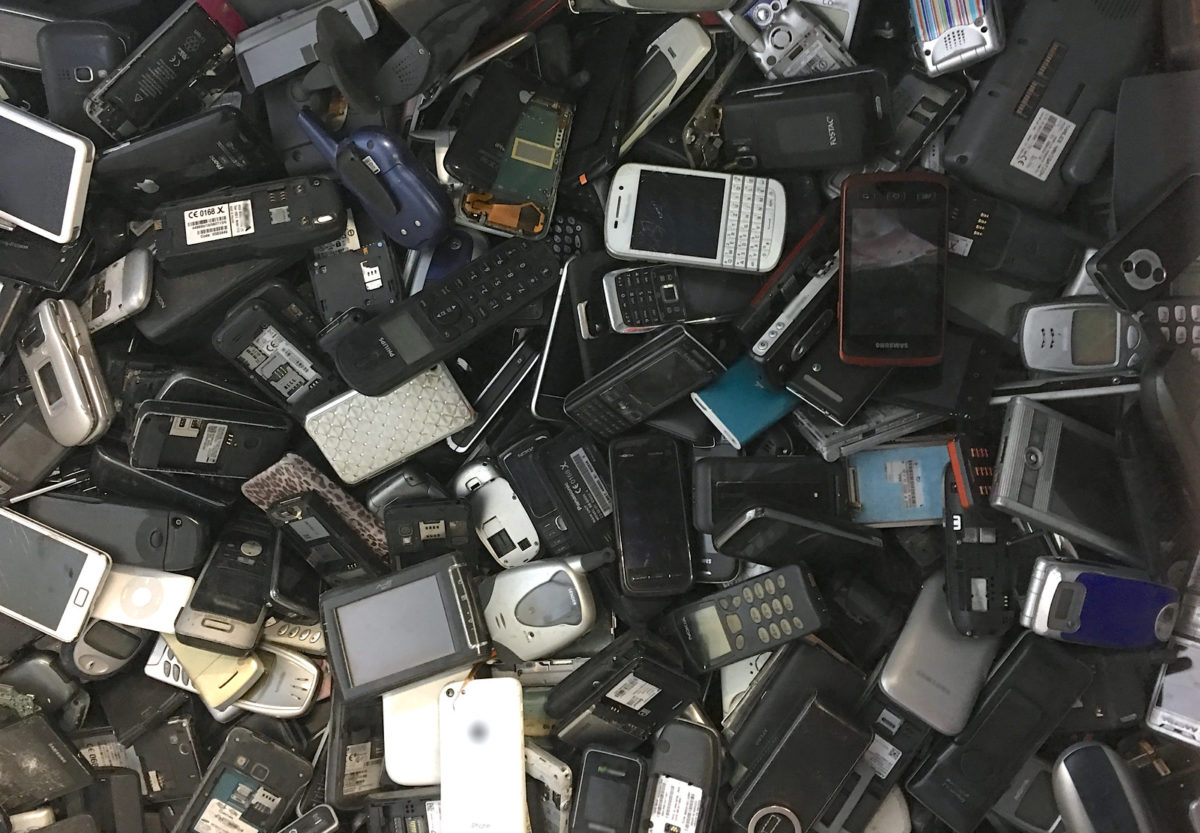Questions about end-of-life management of IT equipment are part of everyday business life. What do we do when the equipment no longer functions, or is deemed obsolete for our business? Since 2005, under the European WEEE directive transposed into French law, all equipment must be recycled. Nevertheless, the end-of-life of some devices, such as smartphones and tablets, is still poorly managed, even though they have a very significant environmental impact.
At a time when companies are acquiring more and more equipment with a view to promoting employee mobility, what solutions are envisaged for end-of-life IT equipment (or mobile fleets)?
Ever larger, ever more polluting IT equipment.
Did you know? It takes 70 materials to manufacture a smartphone, and 3/4 of its environmental impact occurs at this stage.
And the bigger it is, the better we like it! With a screen size of at least 5 inches (a far cry from the 1.8 inches of Nokia’s 3310, perfect for playing Snake), they all feature Full HD resolution, high-performance photo and video sensors, super AMOLED screens, etc. In short, enough to make smartphones and tablets our favorite work tools, and make us never want to part with them. However, as we all know, the bigger the screens, the more polluting the devices.
At the same time, the demand for mobile equipment in companies is growing exponentially. The question of how to dispose of them is no longer anecdotal, given that some 2 million tonnes of WEEE are generated every year, and that only 15% of smartphones are recycled at the end of their life.
Secure the end-of-life of your equipment by buying it back:
Second-hand, reconditioned or recycled IT products are alternatives to buying new or destroying them. There are many advantages to recycling, such as reducing the cost of acquiring new terminals.
Another solution, such as professional buy-back, enables companies to get rid of non-working or unwanted units. For this, traceability is essential. Nothing could be worse than realizing that confidential data has been leaked, or that the unit promised for recycling was not actually recycled.
The purchase of IT equipment is subject to a rigorous process that begins as soon as the equipment is removed from the stock: the units purchased are then tested to ensure they are fully functional, and the data erased using recognized and certified solutions, before being refurbished or resold. If the units are non-functional, they are dismantled and recycled by specialized companies. To guarantee maximum process security, all stages must be validated by the companies from which the mobile terminals are purchased.
There are therefore numerous solutions for managing the life cycle of IT equipment to avoid further WEEE emissions. The ecological issues raised by politicians have a direct impact on companies, who must now reconcile their economic objectives with the challenges of sustainable development in their strategies. The management of their equipment is now one of them.
